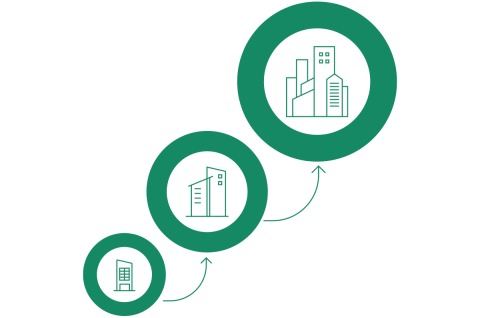Security | Threat Detection | Cyberattacks | DevSecOps | Compliance
Cato Networks
Scattered Spiders and Black Cats: MGM and Caesars Hacked?
Essential steps to evaluate the Risk Profile of a Secure Services Edge (SSE) Provider
Businesses have increasingly turned to Secure Services Edge (SSE) to secure their digital assets and data, as they undergo digital transformation. SSE secures the network edge to ensure data privacy and protect against cyber threats, using a cloud-delivered SaaS infrastructure from a third-party cybersecurity provider. SSE has brought numerous advantages to companies who needed to strengthen their cyber security after undergoing a digital transformation.
The Cato Journey - Bringing SASE Transformation to the Largest Enterprises
One of the observations I sometimes get from analysts, investors, and prospects is that Cato is a mid-market company. They imply that we are creating solutions that are simple and affordable, but don’t necessarily meet stringent requirements in scalability, availability, and functionality. Here is the bottom line: Cato is an enterprise software company.
Cato: The Rise of the Next-Generation Networking and Security Platform
Today, we announced our largest funding round to date ($238M) at a new company valuation of over $3B. It’s a remarkable achievement that is indicative not only of Cato’s success but also of a broader change in enterprise infrastructure. We live in an era of digital transformation. Every business wants to be as agile, scalable, and resilient as AWS (Amazon Web Service) to gain a competitive edge, reduce costs and complexity, and delight its customers.
Cato Networks Security Team- Elad Menachem VP of Research
Consistent Security, Everywhere.
NIST Cybersecurity & Privacy Program
The National Institute of Standards and Technology (NIST) Cybersecurity Framework (CSF) 1.1 has been a critical reference to help reduce or mitigate cybersecurity threats to Critical Infrastructures. First launched in 2014, it remains the de facto framework to address the cyber threats we have seen. However, with an eye toward addressing more targeted, sophisticated, and coordinated future threats, it was universally acknowledged that NIST CSF 1.1 required updating.
How to Solve the Cloud vs On-Premise Security Dilemma
Organizations need to protect themselves from the risks of running their business over the internet and processing sensitive data in the cloud. The growth of SaaS applications, Shadow IT and work from anywhere have therefore driven a rapid adoption of cloud-delivered cybersecurity services. Gartner defined SSE as a collection of cloud-delivered security functions: SWG, CASB, DLP and ZTNA. SSE solutions help to move branch security to the cloud in a flexible, cost-effective and easy-to-manage way.
7 Compelling Reasons Why Analysts Recommend SASE
Gartner introduced SASE as a new market category in 2019, defining it as the convergence of network and security into a seamless, unified, cloud-native solution. This includes SD-WAN, FWaaS, CASB, SWG, ZTNA, and more. A few years have gone by since Gartner’s recognition of SASE. Now that the market has had time to learn and experience SASE, it’s time to understand what leading industry analyst think of SASE?











